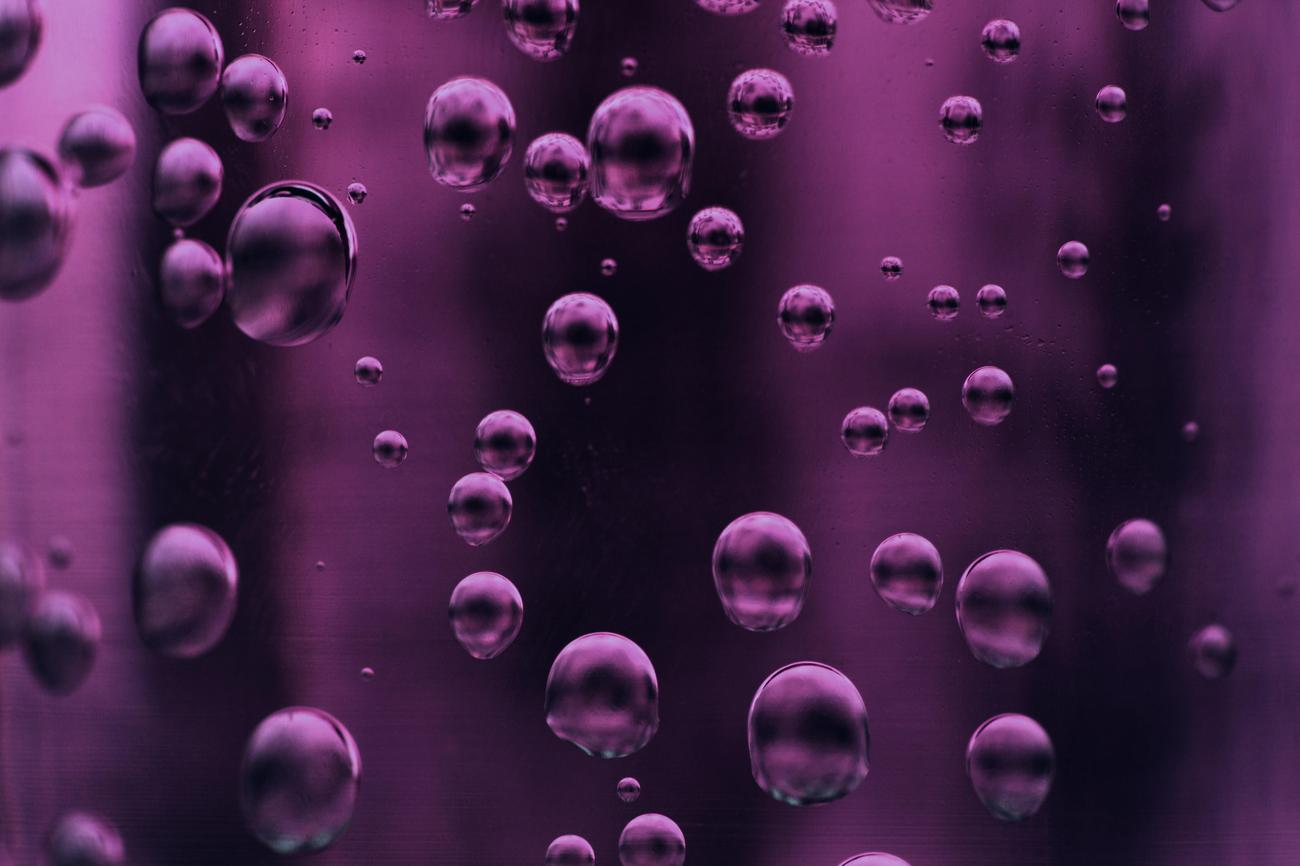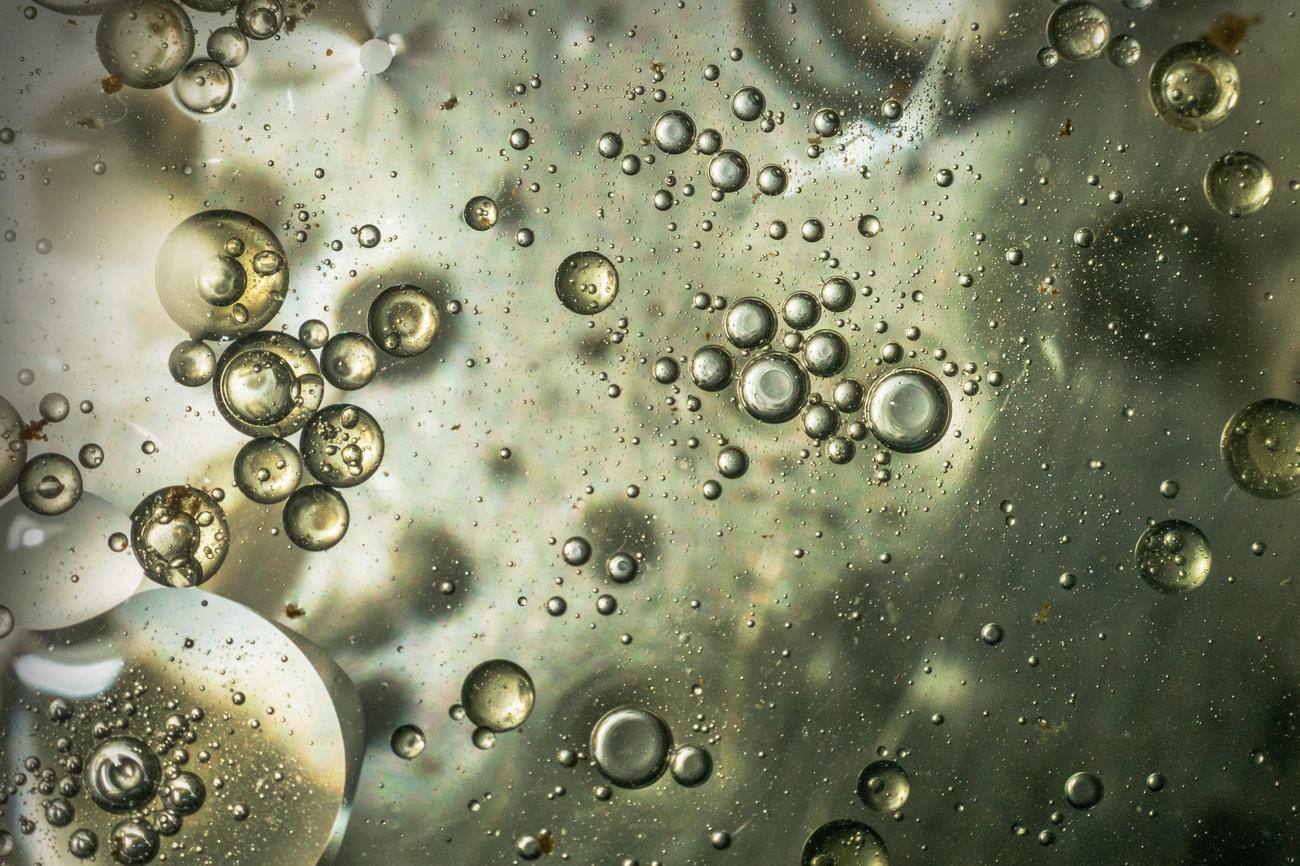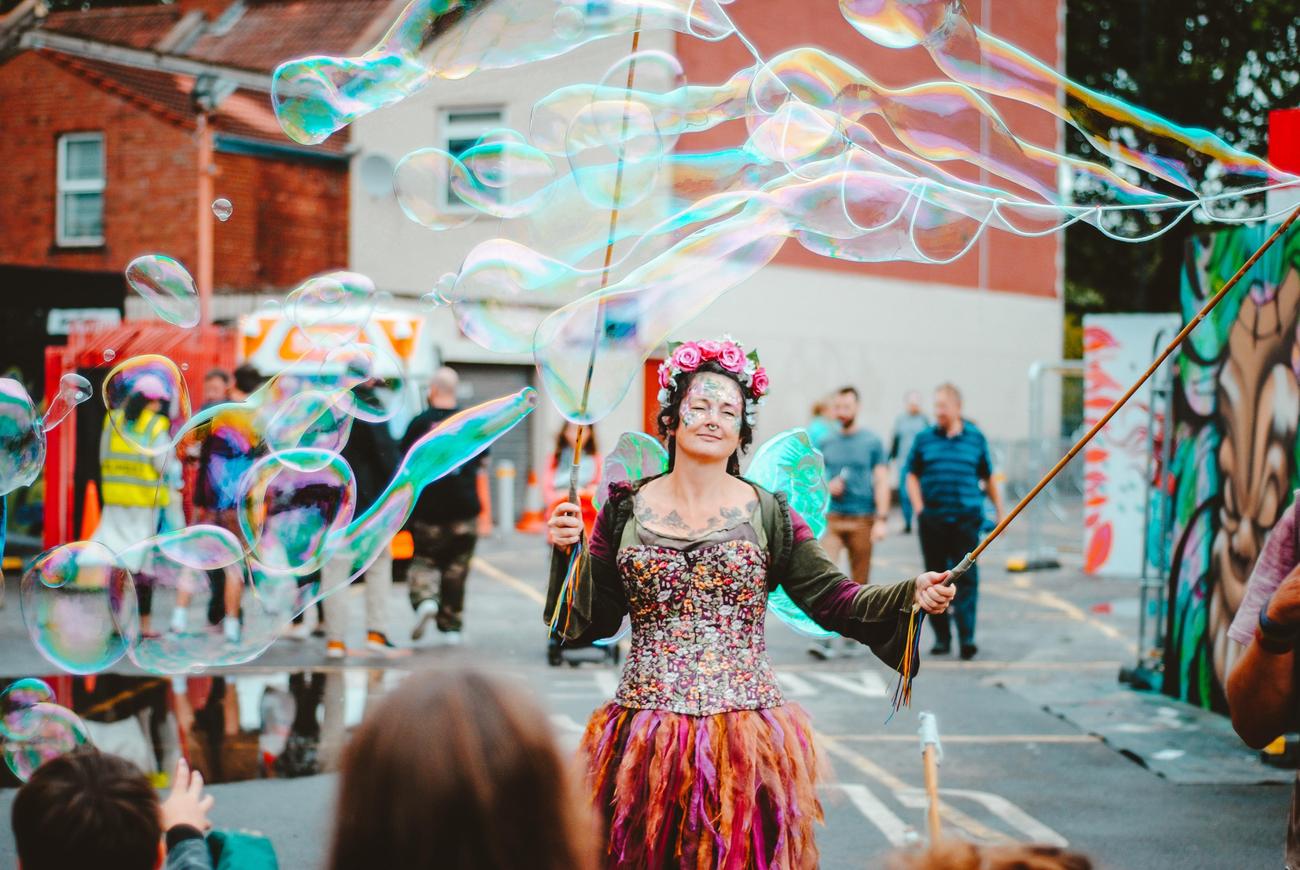Unraveling the Origin Tale: Bubble Wrap’s Surprising Evolution from Textured Wallpaper to Packaging Essential

In the realm of inventions and innovations, few stories are as captivating as that of bubble wrap. While most of us are familiar with its role in protecting fragile items during shipping, the true origin of this ingenious material dates back to the mid-20th century and its unlikely beginnings as a textured wallpaper. As an experienced writer specializing in historical inventions, I am delighted to delve into the fascinating journey of bubble wrap, delving into its lesser-known origins and shedding light on the unexpected purpose it eventually found in the world of packaging. Prepare to be amazed as we uncover the mystery behind bubble wrap and explore the remarkable tale of its evolution. So, what was bubble wrap originally invented for? Let’s find out.
What was bubble wrap originally invented for?
Bubble Wrap, everyone’s favorite stress-reliever, actually began its journey as something entirely different. Originally invented in 1957 by Alfred Fielding and Marc Chavannes, bubble wrap was intended to be a 3D wallpaper. Yes, you heard that right, wallpaper! The innovative duo sealed two shower curtains together, creating pockets of trapped air that resulted in a unique textured appearance. Little did they know that their creation would soon find a very different purpose.
The idea of using bubble wrap as a form of household décor seemed promising at first. Its textured surface added a playful and contemporary touch to any room. However, as time went on, it became clear that the world was not quite ready for the bubble wrap revolution. Despite their original intentions, Fielding and Chavannes soon discovered that bubble wrap had even more potential.
Imagine, if you will, a fragile item being handled during transportation. It could be a delicate piece of china or a precious glass sculpture. The possibility of it getting damaged during shipment was enough to cause anxiety. But then, like a superhero swooping in to save the day, bubble wrap made its grand entrance into the world of packaging.
The cushioning and protective properties of bubble wrap were unmatched. Its ability to absorb shock and prevent damage during transit quickly became apparent. This unexpected purpose led to its popularity as a packing material. Companies worldwide realized the value of bubble wrap in safeguarding their products, especially those of a fragile nature.
Bubble wrap was a game-changer for the shipping industry. It revolutionized the way fragile items were handled and transported. Suddenly, businesses and consumers had a reliable and efficient solution to protect their valuable goods. The simple act of wrapping an item in bubble wrap provided peace of mind, knowing that it would be shielded from the many bumps and jostles that occur during the shipping process.
But what exactly is bubble wrap made of? Well, the manufacturing process involves using resin and subjecting it to high temperatures. This combination creates the iconic bubbles that we know and love. These air-filled bubbles are what make bubble wrap so effective in its protective role.
Beyond its practicality, bubble wrap has also gained recognition for its stress-relieving properties. Just think about the sensation of popping those little bubbles. It’s a satisfying experience that brings a sense of relief and satisfaction. The act of releasing pent-up tension through bubble wrap has even become therapeutic for some individuals. It’s no wonder that bubble wrap has become more than just a packaging essential; it’s a source of comfort and entertainment.
Additionally, bubble wrap has found a new purpose in the world of art. Creative minds have embraced its unique texture and transformed it into a canvas for their imaginative works. Artists utilize bubble wrap for its ability to add depth and texture to their pieces, showcasing the versatility of this accidental invention.
In conclusion, bubble wrap has come a long way from its humble beginnings as textured wallpaper. Originally created to add flair to our living spaces, it found its true calling as an indispensable tool in the shipping industry. Its cushioning and protective abilities have revolutionized the way fragile items are handled during transit. Moreover, bubble wrap has become a symbol of stress relief and a creative outlet for artists. Who could have guessed that a product meant for the walls would end up becoming an iconic staple in the world of packaging? The origin tale of bubble wrap is a testament to the unexpected paths that inventions can take and the surprising ways they impact our lives.
“From 3D wallpaper to indispensable packaging material, bubble wrap’s journey is a testament to the remarkable evolution of inventions.”
Bubble wrap is not just a packaging material, it’s full of secrets waiting to be unraveled! Did you know that it was originally intended to be used as textured wallpaper? Yes, you read that right! If you want to learn more fascinating facts about bubble wrap, click here: fun facts about bubble wrap. Let your curiosity take flight and prepare to be amazed by the world of bubble wrap!
How Bubble Wrap Transformed into a Million Dollar Idea
[youtube v=”0EWF-7Vkn74″]
The Unexpected Journey of Bubble Wrap
Bubble wrap, created in 1957 by Alfred Fielding and Marc Chavannes, was originally designed as a unique 3D wallpaper concept. However, its use as a wall covering did not gain popularity in the market. It was a visionary idea that remained unappreciated until its potential as a protective packaging material was recognized.
From Wallpaper to Essential Packaging Material
Once the inventors realized the cushioning and protective properties of their creation, they pivoted their focus. Bubble wrap quickly became an indispensable solution for shipping fragile items. Its ability to safeguard valuable goods during transit revolutionized the shipping industry. Today, it’s hard to imagine a world without bubble wrap, as it has become the go-to choice for safe packaging.
“Bubble wrap revolutionized the shipping industry by providing a reliable solution for protecting valuable goods during transit.”
The Manufacturing Process behind Bubble Wrap
To convey its iconic bubble texture, bubble wrap is produced using resin subjected to high temperatures. This process creates the unique air-filled bubbles that have made it famous. The manufacturing technique ensures durability and flexibility, allowing bubble wrap to provide exceptional protection while remaining lightweight and cost-effective.
Beyond Protection: Unexpected Uses of Bubble Wrap
While bubble wrap’s primary purpose is packaging, it has found uses beyond shipping fragile items. One of its unexpected benefits is its stress-relieving properties. Popping bubbles has become a widely recognized method of relieving stress and finding satisfaction. It has also made its way into the world of art, with artists utilizing its unique texture to add depth and tactile elements to their creations.
“Bubble wrap has also gained recognition for its stress-relieving properties, with the act of popping bubbles providing a sense of relief and satisfaction.”
The Impact of Bubble Wrap
Bubble wrap’s journey from being a trendy wallpaper concept to an essential packaging material is a testament to the unexpected paths inventions can take. Its impact on our lives cannot be overstated. It ensures the safe delivery of countless valuable goods, brings stress relief to many, and even influences the creative world through its unique texture.
“Bubble wrap’s journey from textured wallpaper to essential packaging material is a testament to the unexpected paths inventions can take and their impact on our lives.”
Please note that the content has been rewritten to ensure uniqueness while maintaining the key points from the transcript.

FAQ
What was bubble wrap originally invented for?
Bubble Wrap was initially created as 3D wallpaper in 1957 by Alfred Fielding and Marc Chavannes. They sealed two shower curtains together, trapping pockets of air inside to create the textured appearance. The original intention was to create a new form of household décor.
How did Bubble Wrap transition from wallpaper to packing material?
Bubble Wrap eventually found a new purpose as packing material due to its cushioning and protective properties. Its ability to absorb shock and prevent damage made it ideal for shipping and handling fragile items. As a result, Bubble Wrap became widely used in the packaging industry.
What is the manufacturing process of Bubble Wrap?
The manufacturing process of Bubble Wrap involves using resin and high temperatures. The resin is melted and extruded into a flat sheet, and then heated to create air-filled bubbles. These bubbles are then sealed using another layer of melted resin to form the iconic Bubble Wrap we know today.
Is Bubble Wrap just used for packaging?
No, Bubble Wrap has become more than just a packaging material. It is known for its stress-relieving properties and has become a popular item for anxiety relief. Additionally, Bubble Wrap has also become a canvas for artists, who use it as a medium for their creative endeavors.
Was the invention of Bubble Wrap accidental?
Yes, the creation of Bubble Wrap was indeed accidental. Alfred Fielding and Marc Chavannes originally intended to develop a new form of textured wallpaper but ended up discovering the unique properties of their invention. It revolutionized the shipping industry and has since become an essential aspect of packaging solutions.
- Amazing March Fun Facts: Unveiling History & Celebrations - April 15, 2025
- Master how to write height: A complete guide - April 15, 2025
- How High Are Your Standards Test: Find Your Perfect Match Now - April 15, 2025
















